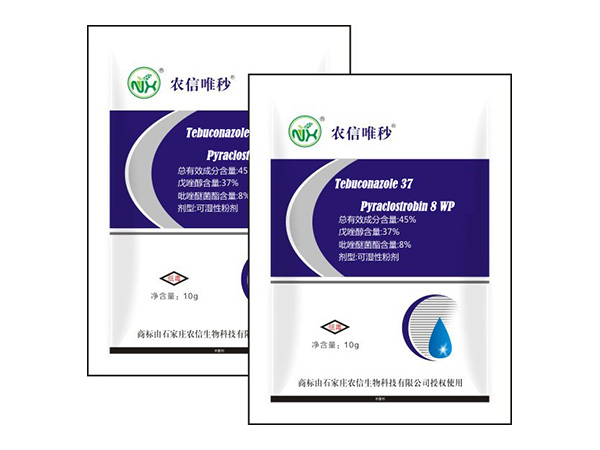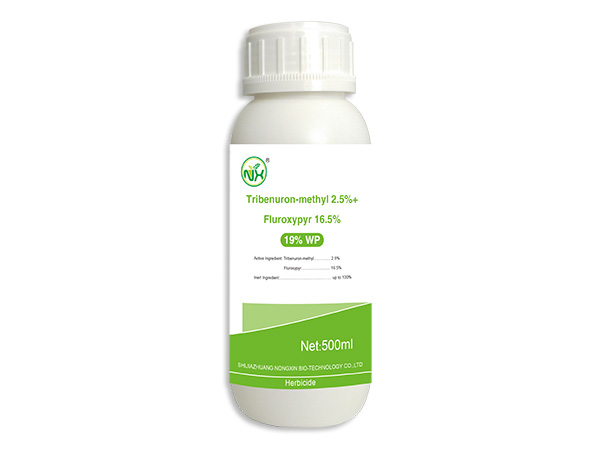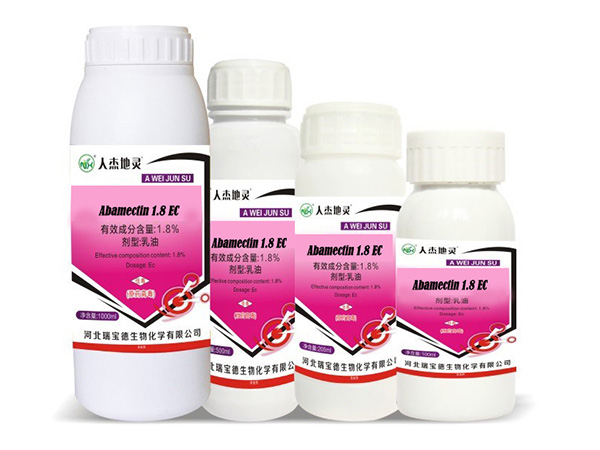In 2018, the use of pesticides decreased slightly, and the amount of 100% was about 300,000 tons. On the whole, it seems that the overall occurrence of pests and diseases in 2018 and the integrated promotion of pesticide reduction and synergy technologies have led to an increase in pesticide productivity and a decrease in the number of pesticides. However, the increase in resistance to rice stem borer in some areas, the increase in resistance to weeds in direct-seeded rice fields, and the increase in the area planted with cash crops such as fruit trees, potatoes, vegetables, and soybeans have contributed to the increase in pesticide use to some extent. From the perspective of specific pesticide varieties:
Insecticide: reduced overall usage
Compared with the new agents, organophosphorus pesticides are more toxic, market demand is reduced, and sales are gradually decreasing. The total sales volume of the top 5 varieties of organophosphorus insecticides (dichlorvos, chlorpyrifos, phoxim, triazophos, acephate) decreased from 533,000 tons in 2009 to 38,800 tons in 2017, a downward trend. Obviously, the use of bisamides, neonicotinoids, and avermectins has increased and has become a mainstream drug in some areas.
Acaricide: increased overall dosage
Mineral oil, crystal stone sulfur mixture, new acaricides such as oxazolidine have increased more, and uranium urea, fluazinam, spiro sterol, spirotetramat, and other varieties have gradually been favored by the market.
Fungicide: the overall dosage is flat
Due to the increased resistance, the amount of metalaxyl is reduced. The number of imidazoles such as triazole, carbendazim, and methyl thiophanate decreased; the dosages of procymidone, iprodione, sclerotium, chlorfenapyr, and the like were basically the same, morpholine, amide, fluorine The amount of thiazolidine and the like increased; the amount of methoxy acrylate increased, and the amount of azoxystrobin and ether azoxystrobin was flat, and the amount of pyraclostrobin and trifloxystrobin increased.

The dosage of anti-bacterial diseases such as thiamine, coumermycin, thiadiazole, acid, etc. is increased, mainly due to the thinning area of rice, the area of bacterial blight, and the susceptible ulcer disease. Increased citrus acreage, aggravation of bacterial diseases such as vegetables and other reasons.
The number of biological fungicides and nematode control agents increased.
Herbicides: The dose increased compared with the previous year
Affected by the ban of paraquat and the increased resistance of glyphosate, the two agents have decreased to varying degrees. Glufosinate has been promoted for several years and the dosage has increased significantly.

The main herbicides such as atrazine and amide herbicides in cornfields decreased, and the amounts of sulfonylureas (bensulfuron-methyl, bensulfuron-methyl, pyrazosulfuron-methyl, and nicosulfuron-methyl) were basically the same.



